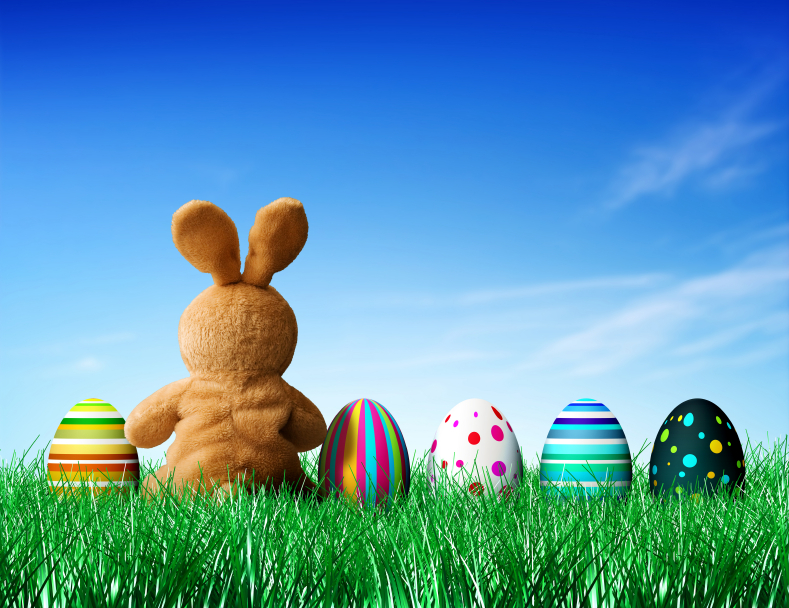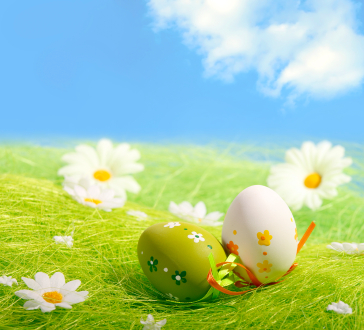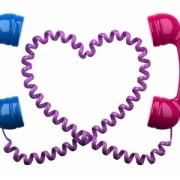Uncovering Easter symbols around the world
Easter is probably the most important Christian holiday and we enjoy celebrating it every year. But do we know what Easter symbols really mean and where they come from?
We realized we got used to taking the Easter Bunny and other traditions for granted, without actually thinking about their origins. So, we did a little research and would like to share our findings with you, so you can be properly prepared for Easter this year. ?
Easter Plays
In medieval Europe, most people could not read or write, so they had to be told Bible stories rather than read them. Passion plays were the plays telling the Easter story. One of the most famous passion plays that is still performed takes place in the German village of Oberammergau. They do this to say ‘Thank you’ to God because he saved the village from the black death in 1633.
These passion plays are held every ten years. The whole village takes part and the whole play lasts for eight hours! The performances go on for several months. Passion plays are also performed in the U.K., Spain, Italy, Mexico, the U.S.A and other countries. Sometimes the plays are performed in the old language that they would have been performed in in medieval times.
Rabbits, Chicks & Lambs
Like rabbits, chicks and lambs are often associated with Easter because, in Pagan times, they were signs of fertility and new life and also because most baby animals are born in spring, around Easter time.
The lamb is a symbol of Jesus in the Bible as He was called ‘the Lamb of God’. This is because lambs were used in the Jewish faith as a sacrifice for people’s sins and wrongdoings. In many countries, lamb is eaten as the main Easter Day meal.
Easter Eggs
You can dye eggs 100% naturally if you add various vegetables in the water in which you boil them. You can get different colours:
- Spinach leaves = green
- Beetroot = red
- Tea bag = dark brown
- Onion peel = yellow
- Red cabbage leaves = light blue
Egg Hunts
In some countries, egg hunts take place over Easter. Eggs are hidden around a house or garden and children have to find them. Sometimes they are told that the eggs were hidden by the Easter Bunny. Easter egg hunts aren’t limited to the United States.
They also take place in Germany, Sweden, Switzerland, Canada, Malaysia, Australia, Brazil, India, and the Philippines, where parents hide eggs and sweets – usually outdoors – for their children to find. There are usually community Easter egg hunts leading up to Easter. This is a fun way for neighborhoods to get together.
If you don’t have the habit to organize or participate in egg hunts, hunt for the Thank You points in your KeepCalling account! Remember, you can convert them into free Voice Credit when you reach 1,000 points.
The Easter Bunny
The Easter bunny (actually a hare in Sweden, Germany, Austria, and Switzerland as opposed to a rabbit in the United States, Canada, and Australia) is known for delivering sweet treats to young children, so it’s no surprise that Easter baskets often feature a chocolate bunny.
In France, however, it’s not the Easter bunny that children have to thank. It’s the Easter bells, back from Rome, that are responsible for sending the chocolates everywhere.
Rabbits are actually considered a pest in Australia for causing damage to the environment, so there’s a strong campaign to give Easter bilbies instead. The bilby is an Australian animal that’s endangered, is very cute, and has long soft ears. People still give bunnies, but you see a lot of bilbies as well.
If you still haven’t decided on an Easter gift for your loved ones near and far, you can send them a last minute Mobile Recharge that will definitely make their Easter brighter!










